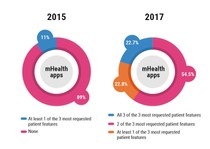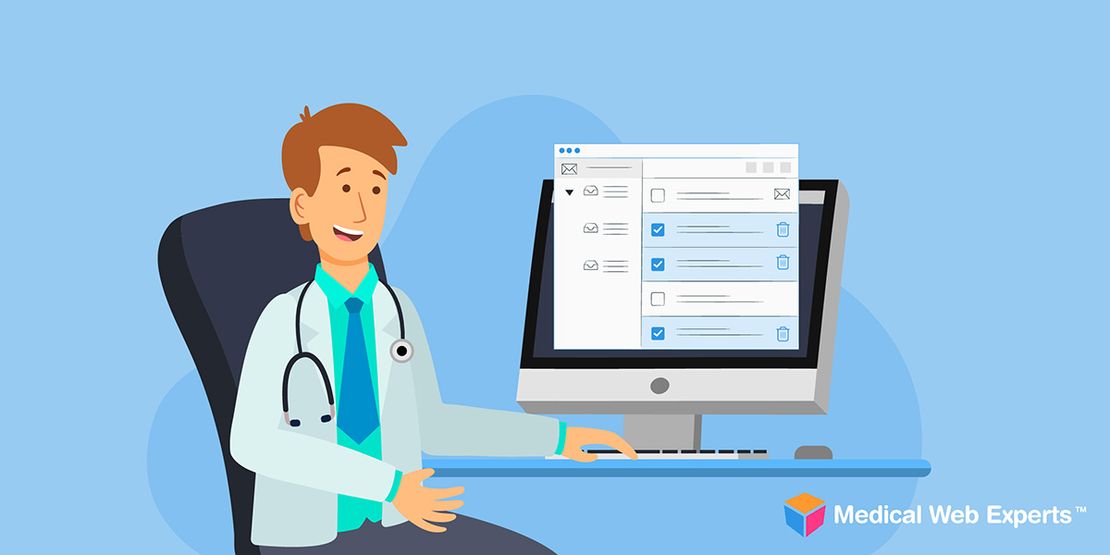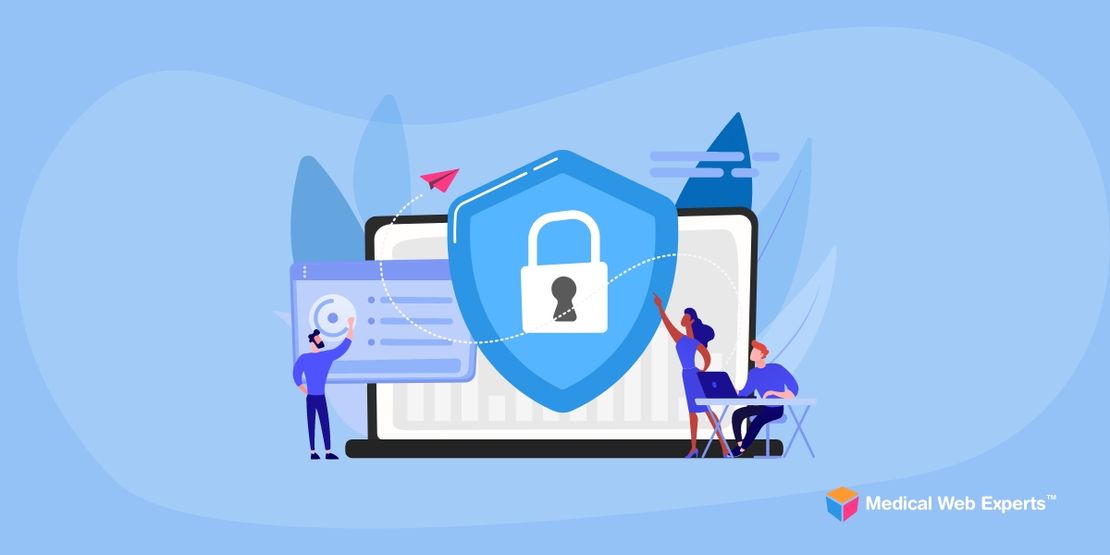After reviewing the branded mHealth apps listed in Part I of this series, we were surprised to find that, two years after Accenture released its report on Digital Health and the features requested in an app for hospitals, mHealth app features still fail to deliver on the core functionalities patients are coming to expect in an app. These features include:
- Access to electronic medical records
- Appointment scheduling and changes
- Prescription refills
Those apps that do provide these features only do so through external links to their patient portal. More specifically, of the 22 branded mHealth apps evaluated, over 40% still do not provide even one of these features natively through the app. The table below represents the number of apps for hospitals and health systems assessed that include the functionality described:
[table id=3 /]
How do these numbers compare to 2015? According to Accenture, only 11% of branded proprietary provider mHealth apps offered at least one of the features patients most often requested from providers. Of the applications we analyzed, that number has grown to just over half. It should be noted, however, that the workflows for these features are very limited. The table below illustrates the type of functionality implemented for this feature among those apps where it was provided:
[table id=4 /]
Overwhelmingly, hospitals and health system mHealth apps implement a simple appointment request form – essentially a contact form. The second most frequently implemented functionality for this feature is simply providing users with a phone number to call to schedule their appointment.
Of the thirteen total applications providing appointment scheduling functionalities, only five did so as an app-integrated feature that was available to all users. The remaining apps only made this feature available once the user had logged in. Restricting access to appointment scheduling to logged in users only limits the value of this feature and the value of the app as a marketing tool for new patient acquisition. By improving access to certain functionalities to all users, regardless of whether they are logged in or not, an app for hospitals and health systems can increase the ability to expand their patient base.
The lack of self-scheduling functionality, the ability for patients to directly schedule their appointments with up-to-date availability for their selected physicians through the mobile app, is also surprising considering Accenture’s prediction that, by 2019, 2 in 3 patients will use self-scheduling tools to make appointments. Accenture has also predicted that, by that time, 38% of total appointments will be made through self-scheduling tools. At this point in time, only one of the twenty-two health systems reviewed has incorporated this feature into its mHealth app development – and even that implementation leaves much to be desired as it is limited to same-day scheduling only.
Not only did we approach our analysis from an individual functionality standpoint, but we also observed the number of apps incorporating more than one of these core functionalities, whether natively or through an integrated patient portal. To our surprise, only 5 of the apps evaluated provided users all three of the mentioned features with only 12 offering any combination of two of the three most requested features. While this represents a clear improvement over the numbers found in the IMS and Accenture reports from 2015, the fact that only 54.5% of the branded mHealth apps evaluated include at least 2 of the 3 features patients most frequently request from providers – and a mere 22.7% include all three – indicates real opportunities for improvement for mHealth app developers.
However, new vendors addressing this problem are appearing. Universe mHealth – a new healthcare app company, specializing in mhealth apps provides a native experience for users to schedule their own appointments, integrating with the Practice Management or Revenue Cycle Management system in real-time.
You are reading Part IV: Core Features Are Still Missing from mHealth Apps for Hospitals and Health Systems of the series “Annual Check-up: mHealth Apps are Still in Critical Condition.” Read the other parts here:
Part I: Healthcare App Development Market is Not Meeting Patient Needs
Part II: Limited Functionality for mHealth App Features
Part III: Misleading Functionality Descriptions in App Stores
Part V: Summary Report of Health System App Development Progress


